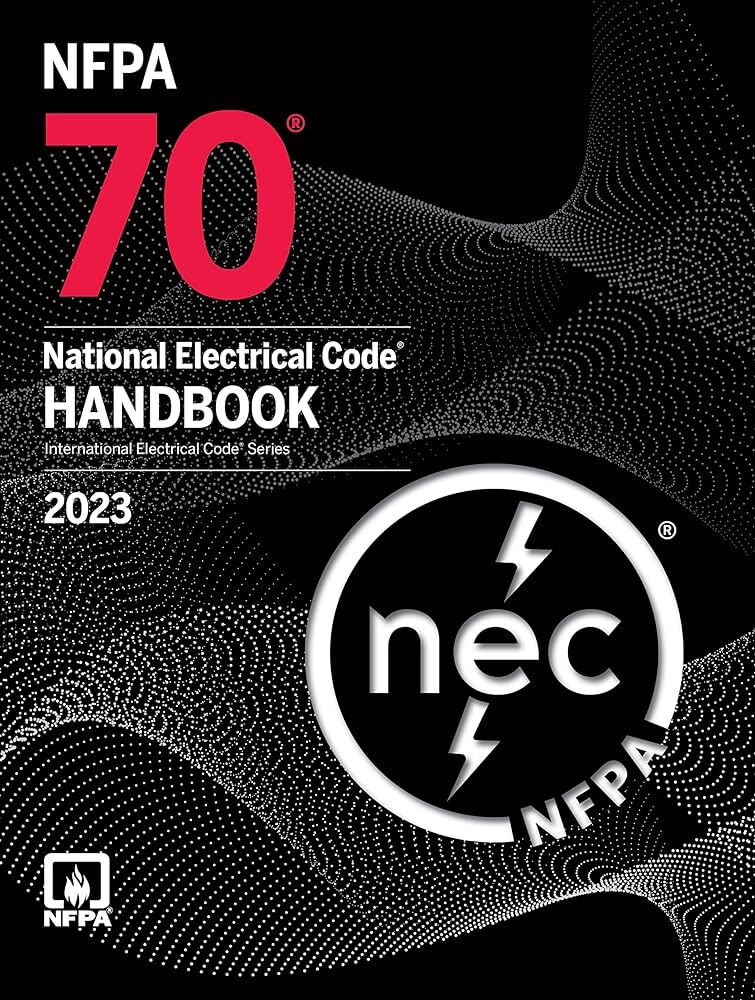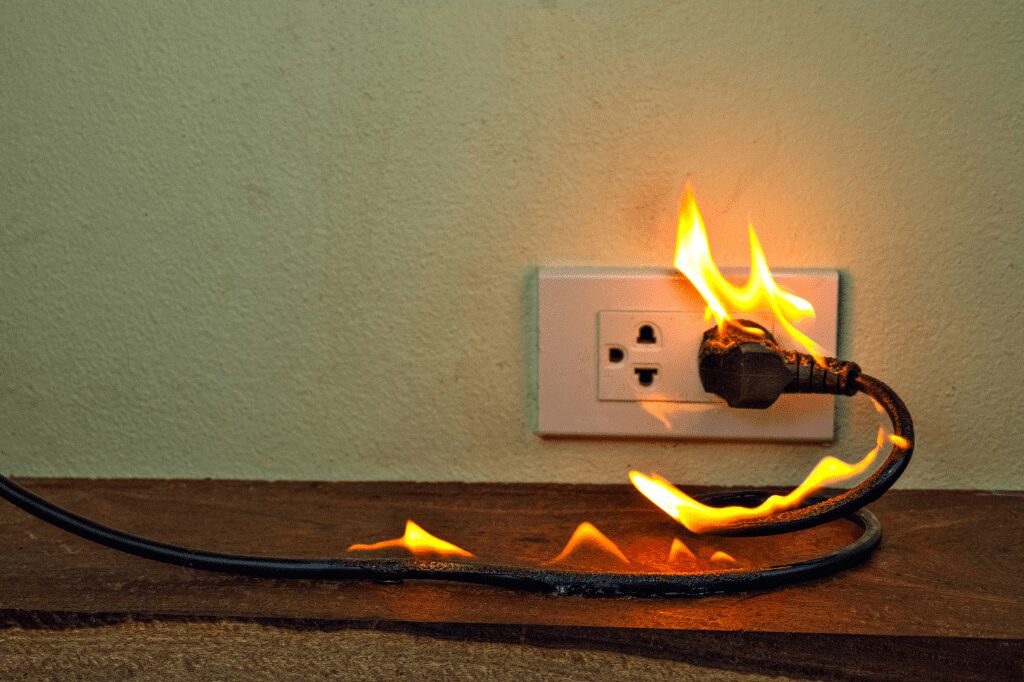You’ve probably heard the term, “Not up to code”, if you own a home or have been around any home inspections. You can probably deduce the gist of what that means, but here is a little more information on what the NEC is and its purpose.
The National Electrical Code (NEC), or NFPA 70, is a regionally adoptable standard for the safe installation of electrical wire and equipment. This is published by the National Fire Protection Association, a private trade association, as a part of the National Fire Code series. The NEC is generally adopted by states and municipalities in an effort to standardize their enforcement of safe electrical practices. The municipalities can amend, alter or even reject the NEC due to regional regulations or the vote of local governing bodies. The “authority having jurisdiction” inspects for compliance with these standards and enforces NEC.
 The NEC is developed by the National Fire Protection Agency’s (NFPA) Committee on the NEC, which is made of twenty code-making panels and a technical correlating committee. The NEC was first published in 1897 and is updated and published every three years. The most current edition is the 2023, which has been mostly adopted by our local jurisdiction, (Baton Rouge, La/East Baton Rouge Parish).
The NEC is developed by the National Fire Protection Agency’s (NFPA) Committee on the NEC, which is made of twenty code-making panels and a technical correlating committee. The NEC was first published in 1897 and is updated and published every three years. The most current edition is the 2023, which has been mostly adopted by our local jurisdiction, (Baton Rouge, La/East Baton Rouge Parish).
Cities have adopted and enforce building codes that specify standards and practices for electrical systems (water and fuel/gas systems as well) out of a desire to protect residents and their property. This has led to the NEC becoming the accepted standard of electrical requirements. Electricians have to know and practice the NEC requirements before obtaining their electrical license. They are also expected to stay informed about any changes and implementation of the NEC in their local jurisdiction.
Now that we know what the NEC is, how does this directly impact you and your home? Let’s look at an actual change to the NEC 2020 addition that a local municipality adopted. “230.67 Surge Protection. All services supplying dwelling units shall be provided with a surge-protective device. Must be Type 1 or 2 SPD. Applies to service equipment being replaced.” This is stating that every main panel must be protected with a surge protection device when it is replaced. Basically, you are grandfathered in until you have to replace your main service.
While new code adoptions aren’t immediately enforced on older homes, it is recommended that you upgrade to current code as they have been adopted to ensure the safety and resilience of electrical systems and to prevent any property loss or damage. This is just one example of a change in NEC. Most code has to do with protection against electrical shock or electrical fire. If it is in the NEC, it is safe to assume people have died or property was lost which led to it becoming part of code (GFCI outlets are a great example since they trip to prevent electrical shock).
Here at Big Family Electric, any time our electricians go into a home, we do a visual inspection of electrical systems to ensure that all components are up to code. If there are any discrepancies, we inform the homeowner and give options for replacement. Even if the issues aren’t addressed immediately, the homeowner is informed about the condition of their electrical system. We consider this best practice, not unlike what the doctor does by taking your blood pressure any time you visit his office regardless of why you went in the first place.



